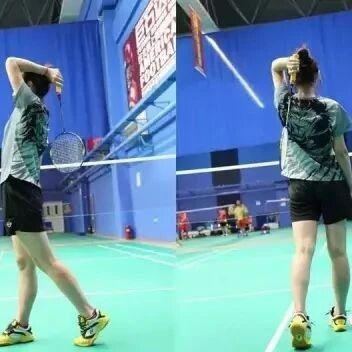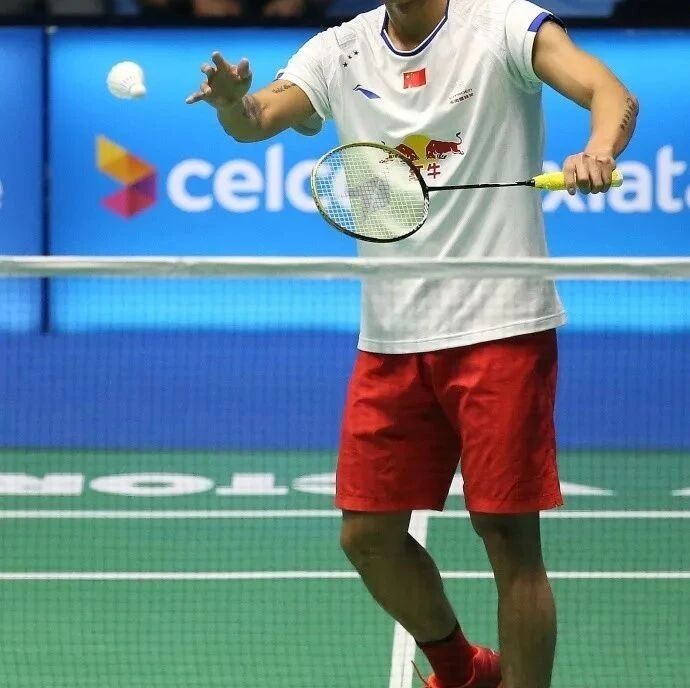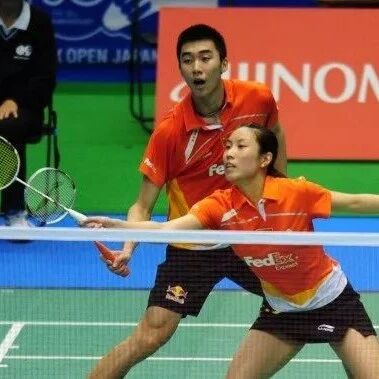Badminton racket-swing training—make it fast, faster, and even faster!!!
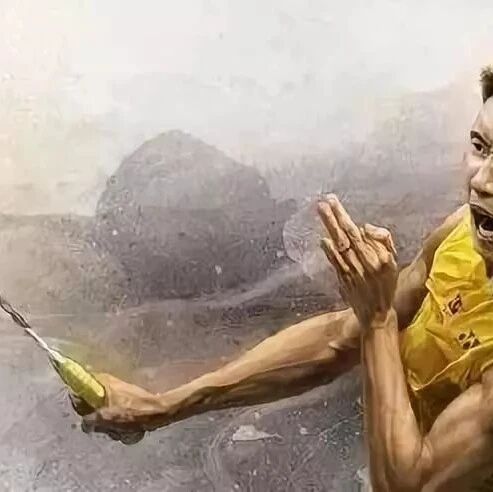

The correct racket swing allows players to fully unlock their potential while conserving energy. In badminton, the swing demands incredible speed—so fast, faster, and even faster!!!
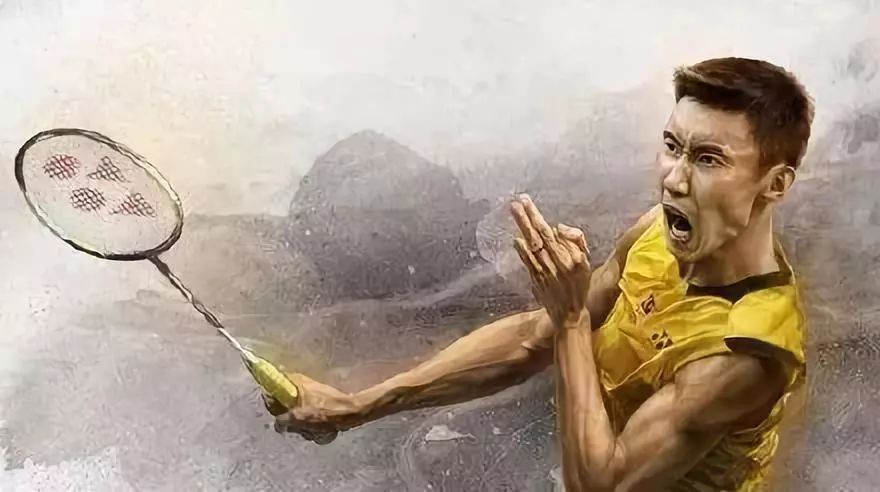
Types of racket techniques:
Inside-out swing (forehand swing)
Outward Rotational Swing (Backhand Swing)
Arm swing and racket stroke (overhead swing)
1. In-to-out racket swing technique:
Inside-out swing refers to the forearm rotating inward, which drives the racket to generate spin and strike the ball. Within the forehand range, this inside-out swing delivers powerful, devastating shots. Even during backhand strokes—or when executing an outside-in motion—players often initiate with an initial inward rotation to maximize the acceleration phase.
How to practice:
(1) Elbow joint facing the net directly forward
(2) Arm stretch: Quickly rotate your arm inward and forward until the back of your hand faces your face to strike the ball. As you make contact, bend your wrist along with the motion of your hand. See the illustration below:

Important notes:
By rotating the forearm and hips, initiate a forward motion of the elbow joint while simultaneously shifting your center of gravity backward.
2. External Rotational Racket Swing Technique:
An outward rotation of the racket involves turning the forearm outward to generate spin and strike the ball. The inward-outward rotation during a backhand shot is particularly powerful and devastating. When hitting a hard shot, it’s crucial to seamlessly combine both inward and outward arm rotations.
How to practice:
(1) Raise the elbow joint to its highest point, with the racket head pointing toward the ground. (2) Begin by internally rotating the forearm. (3) Without pausing, reverse the rotation of the forearm outward as you strike the ball, keeping the elbow fully extended. (Refer to the diagram.)
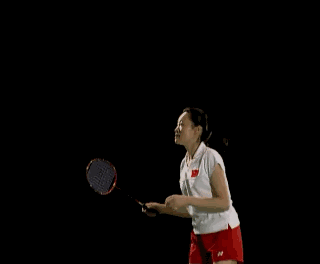
Important notes:
1. Throughout the entire swing, the arm first rotates inward and then outward, with the wrist bending along with the back of the hand.
2. When hitting the ball and pausing your swing, avoid rotating your shoulders.
3. Swing-and-Sweep Arm Technique:
The swing-and-serve motion is primarily used to return high shots, requiring strong shoulder and arm muscles—so it’s essential to strengthen your shoulder muscles through regular pre-training.
How to practice:(1) Stand in the optimal position and prepare to hit the ball as soon as it arrives.
(2) During the swing, move the racket in the opposite direction—starting from the left-shoulder takeaway position and returning it toward the right shoulder—while simultaneously driving your hips and elbow forward in a circular motion.
(3) Use your elbow joint to powerfully and swiftly rotate your forearm inward, sending the ball on its way.
(4) After hitting the ball, continue rotating your forearm inward with the nearly straightened elbow, allowing the racket to complete its full follow-through before gradually coming to a stop on the left side of your body (as shown in the diagram).
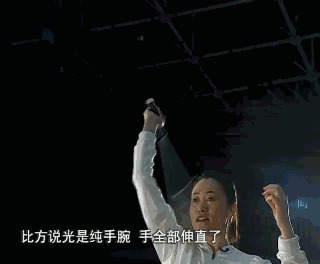
Important notes:Swinging the racket is highly effective in increasing the speed of the racquet head at impact—make sure to maximize the duration of the acceleration phase.
More article recommendations:
There are 4 ways to hit a badminton shot into an open space—90% of players only know the first one.
Zhao Jianhua, Yang Yang, and Li Mao have prepared over 100 lessons for everyone, covering techniques like badminton net play, backhand cross-court hooks, and smashes. Click "Read the Original Article in the Bottom Left Corner" to check them out! If you're looking to improve your badminton skills, don't miss this opportunity—definitely worth it!

